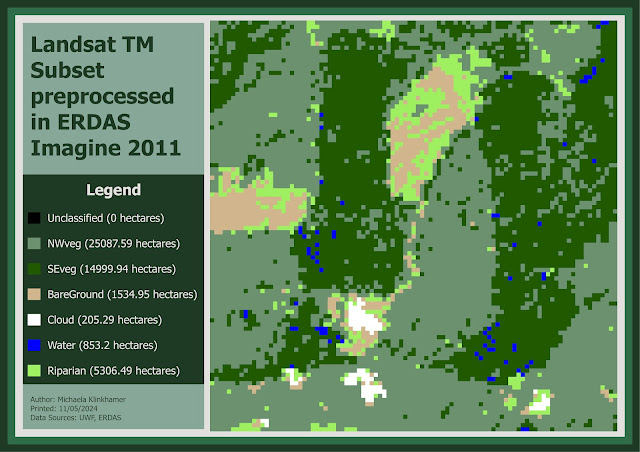M3 Lab: Visibility Analysis
Blog Post: Tools and Tips from the ESRI Exercises
Completing the ESRI exercises has been a informative experience. Here’s a rundown of the key tools and tips I learned during the process, structured around the four specific exercises:
Introduction to 3D Visualization (3 Hours)
Key Tools:
ArcGIS Pro 3D Analyst Extension: Essential for creating and analyzing 3D data, this tool allows for the transformation of 2D data into 3D visualizations.
Scene Viewer: A powerful feature in ArcGIS Online and ArcGIS Pro, Scene Viewer enables the viewing and interaction with 3D data.
Essential Tips:
Realistic Representation: Use texture and elevation data to create more realistic 3D models.
Navigation: Familiarize yourself with 3D navigation tools to explore your 3D scenes effectively.
Layer Management: Organize your layers efficiently to handle complex 3D data and maintain a clutter-free workspace.
Performing Line of Sight Analysis (1 Hour, 15 mins)
Key Tools:
Line of Sight Tool: Found in ArcGIS Pro, this tool determines visibility between two points, considering obstructions like buildings and terrain.
3D Analyst Toolbox: Contains various tools for performing detailed 3D spatial analysis, including line of sight analysis.
Essential Tips:
Input Accuracy: Ensure accurate input data (e.g., observer and target points) for precise results.
Obstruction Consideration: Always account for potential obstructions in your analysis to obtain realistic outcomes.
Scenario Testing: Perform multiple analyses under different conditions to understand various visibility scenarios.
3D-Only Geographic Questions:
Certain geographic questions can only be answered in 3D. For example, line of sight analysis solves problems and creates information that cannot be obtained in 2D. This includes visibility analysis for urban planning, military operations, and telecommunication tower placement.
Performing Viewshed Analysis in ArcGIS Pro (1 Hour)
Key Tools:
Viewshed Tool: This tool visualizes visible areas from a vantage point, taking into account the terrain and other obstructions.
Digital Elevation Model (DEM): Essential for providing the elevation data needed for accurate viewshed analysis.
Essential Tips:
Resolution: Use high-resolution DEMs for more accurate visibility results.
Analysis Parameters: Adjust parameters like observer height and maximum distance to suit your specific analysis needs.
Practical Uses: This tool is crucial for locating guard towers, fire watch towers, or event surveillance points.
Visualization: Utilize color gradients to differentiate between visible and non-visible areas effectively.
Sharing 3D Content Using Scene Layer Packages (2 Hours)
Key Tools:
Scene Layer Package (SLPK): A file format used to package and share 3D content, making it easier to distribute and collaborate.
ArcGIS Online and Pro Sharing Capabilities: These platforms allow for seamless sharing and viewing of 3D content across different devices and users.
Essential Tips:
Packaging: Ensure all necessary data and textures are included in your scene layer package for a complete and accurate representation.
Metadata: Include detailed metadata to provide context and information about your 3D content.
Access Management: Manage sharing settings to control who can view and interact with your 3D content.
Enhancing Your Organization's 3D Experience
Workflows to Create 3D Scenes:
Data Preparation: Prepare your 2D data for 3D conversion by ensuring accurate georeferencing and data cleaning.
3D Scene Creation: Use ArcGIS Pro to transform your 2D data into immersive 3D scenes, applying textures, elevation data, and other enhancements.
Sharing: Share your 3D scenes using Scene Layer Packages, ensuring they are accessible and interactive through ArcGIS Online.
Benefits of 3D Visualization:
Realistic Visualizations: Visualizing data in a 3D environment allows for realistic representations of terrain, buildings, and other features.
Different Perspective: 3D visualization can offer a different perspective, helping to identify patterns and trends that may not be apparent in a 2D environment.
Enhanced Analysis: Combining 2D and 3D perspectives aids in a more comprehensive analysis, providing a holistic view of the data.
Conclusion
The ESRI exercises have equipped me with valuable skills and knowledge in GIS. From mastering tools like ArcGIS Pro's 3D Analyst Extension to performing detailed line of sight and viewshed analyses, the lessons learned are invaluable. Additionally, the ability to share 3D content using scene layer packages enhances collaboration and dissemination of 3D data. By applying these tools and tips, I am now better prepared to leverage GIS technology in various applications, creating impactful and informative spatial visualizations.




Comments
Post a Comment